New creative clusters are emerging in countries commonly associated with mass-manufacturing and lower end garment production. Using traditional craft techniques, local know-how and cultural heritage accompanied often with ethically progressive business models, these new ‘Archivist-Creators’ are redefining the label ‘made in’ associate with the country of their origin. As part of the on-going ‘Fashion from the Shadows‘ series, Aïcha Abbadi investigates the drive behind this reclaiming of design tradition and selects the best-practice examples to illustrate this.
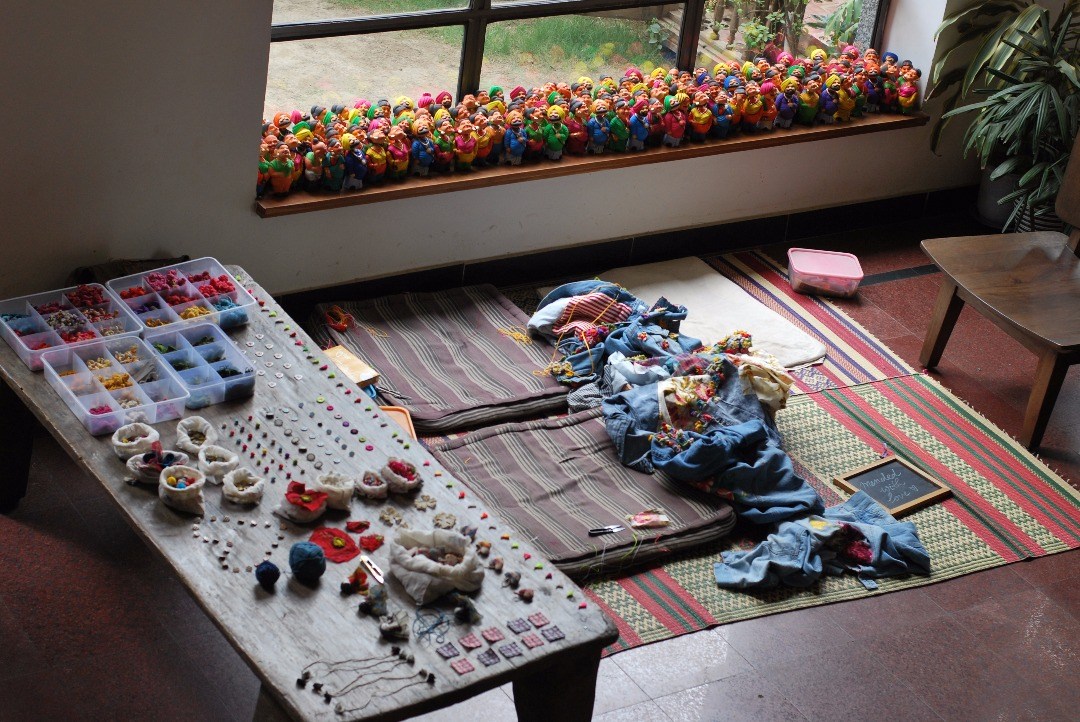
Péro Upcycling Project, India
ETHOS
In fashion, current industrial production networks still operate in a strictly hierarchical manner. Brand conglomerates live at the top of the pyramid, manufacturers and suppliers further down the ladder who in turn work with subcontractors that are hard to trace and often vanish from the visible layers of the system.
Creatives who hail from places usually associated with the lower end of the pyramid are now pushing to change the general perception of their work locations. News stories uncovering poor working conditions in several countries have led to ill-advised boycotts of the products made there. In turn, workers are protesting against this practice and producers are determined to prove that generalizations are unfair. In places like Bangladesh or Ethiopia, an ambitious new generation of designers, artists and artisans are collaborating with local production in order to reclaim it from mass fashion manufacturing.
This new sentiment stems from a regained self-assertion after a period of oppression and marginalisation caused by industrialised nations’ ravaging of natural and human resources. Instead of merely turning the tables and claiming superiority, this new movement is a question of independence and self-sufficiency.
Creatives in production locations act politically through the reclamation of local resources, workforce and cultural heritage. Not to be misunderstood as an attempt to isolate from global trade, rather, it constitutes a repositioning as makers with agency, instead of mere producers of other people’s ideas. This confident approach aims to strengthen local cohesion and cultural pride while becoming a unique voice on the world stage. The new makers are affirming themselves and their villages, cities, regions and countries with openness to dialogue. The message is clear: trading should shift from economic race towards the bottom line to investment in cultural goods and local entrepreneurship.
Instead of continuing to build global trade on an idea of separate design and production nations, they urge more places to engage in both. While this focus on the local level could be seen as an indicator of rising nationalism, the primary motivator of these makers lies in presenting and honouring more diverse creative expressions. They are archivist-creators of our global culture, constantly rewriting and re-interpreting traditions in an ever-changing world.
These archivist-creators utilize their environments to work towards equality. They believe in their regions’ potential and are often pioneers of cultural shifts. Even though their efforts are met with obstacles such as a lack of funding, corruption, electricity shortages or even military conflict, they carry on regardless. Where government funds and private investments are directed towards industrialization and economic growth, the small makers aim to counter the detrimental effects this has on artisans and small-scale farmers by creating supportive networks to keep each other in business. This focus on creating value locally, as opposed to mere market competition, means that makers have to take less creative shortcuts that result in products that are more true to their value.

Mafi by Mahlet Afework
Economic opportunity to frame the work of these makers as ‘national heritage’ drives governments to support these practices. Whilst motivated by their own passion, cultural makers are utilised by nation-states as producers of wealth and superiority. These cultural products serve to fuel desire, attract tourism and foreign investments, securing more governmental power in international relations. It seems that the creatives only have two choices: play by the rules of the market and outsourced production, thus enriching private individuals or act seemingly independently on a local level only to have the work to be appropriated by the nation-state as a tool for political leverage. This dilemma is difficult to be circumvented and thus the makers’ daily practice seems to be divorced from economic decisions. Their products seem more genuine, less influenced by market considerations and thus have a greater appeal for those who do not quite fit the profile of the mass market consumer. Their process is a simplification of a complex reality and reflects both consumer desire for more ‘honest’ products as well as makers’ nostalgia for the past and utopian ideals of a fairer world.
These products are reflections of where we are now, learning from the past and only cautiously imagining the future. This approach could be seen as a stagnation of evolution and the antithesis of design with its constant strive for re-invention and shaping the future. However, these products represent continuity in an ever-changing world. They offer a sense of security and a way to separate worth from a fad. They are essential to the balance between progress and tradition that are both detrimental in their extreme forms. Too much focus on progress prohibits one from learning from past mistakes and instead leads to narrowly defined vision of the future to be imposed, whilst the obsession with tradition can prevent new ideas and solutions from being expressed.
The work of archivist-creators is less authoritarian than high-scale homogenous industrial production, leaves room for more diverse expressions and allows for more players to share the field. This shows a respect for other makers and cultures as well as a sense that more creatives should be able to participate and collectively define culture.
This acknowledgement alone may be enough to see this practice as a progression rather than cultural stagnation. Instead of supporting a totalitarian idea of a unified world, it accepts and respects multiplicity, while also firmly demanding a distinctive place in this diverse world. Local approaches seek to find a common ground between competing world-views. Smaller in size, yet interconnected, these creative networks thrive on the sense of working together for a common goal and letting others do the same. This means that there will be more varied expressions and lower competition, as the goal is not to win over global market but rather appeal to the like-minded.
KEY TACTICS
Storytelling, Co-operation, Fundraising, Diversification, Education/Training, Networks. Entrepreneurship

Maximo Laura, tapestry weaver and Living Human Treasure, Peru
CONTEXT
Many countries have recognitions in place for local craftspeople and UNESCO proposes the title of ‘Living Human Treasures’ for those who transmit invisible cultural heritage. Yet, this concept seems to have been forgotten in some of the main production locations, where artisans often have to leave their workshops behind to work in factories due to economic hardship. The focus shifts from people and their creativity towards industry and associated locations.
‘Made in …’ labels were introduced in Britain as part of the Merchandise Marks Act (1887) to signify superiority against the competition and have since become a necessity for any brand claiming to be transparent about their production. However, ‘Made in …’ labels are not strictly legislated and have lost their meaning in many circumstances. For instance, supposedly Italian-produced goods have been imported from other countries with only the finishing touches added in Italy. At the same time, Chinese-owned factories in Italian industrial town Prato have come under scrutiny for not paying their workers local wages. Low wages make overtime the norm and often leave workers no choice but to live in the factories. As Asian countries move textile production to Ethiopia due to multiple factors, such as low wages, the country becomes an attractive destination for sub-contractors which in turn blurs the meaning of ‘label of origin’ even further.
A different approach is taken in the design world, especially in consumer electronics. Apple notoriously uses ‘Designed by Apple in California’ eclipsing the whole production process. Some designers, such as Bas van Abel who created the Fairphone, counter this by providing more information about the provenance of product components. In the fashion sector, multiple campaigns such as Fashion Revolution’s ‘Who made my clothes?’ and Clean Clothes Campaign urge for more transparency in the supply chain.
Creatives in production locations converge ‘Designed in …’ and ‘Made in …’ back to the same place, which assures more transparency and more credit given to the collective effort that fashion is, instead of placing the focus on a location for marketing purposes.
A new generation of creative entrepreneurs often emerges in regions recovering from civil wars, foreign military intervention or corrupt governments, during periods of partially rebuilt economic stability. With regained optimism, they see opportunities where things are missing, rise up and address social wrongs. Eager to extend their physical and intellectual freedom towards economic freedom, they direct their energy towards creative projects. These symbols of freedom and independence serve to mark the onset of a bright future, giving hope to communities.

Historically, wars, oppression and other major setbacks haven’t stopped creatives from engaging in their practice. Fashion designers have kept producing as a response to what was happening around them, sometimes as an act of defiance. Adaptability to even the direst of circumstances has been a common narrative for creators everywhere and their products freeze in time their realities, hopes and dreams during periods of adversity. Designers’ priority has always been to save their craft and heritage, no matter the political climate.
In occupied France during WWII, this meant collaboration with Nazis. Lucien Lelong’s battle to keep couture in Paris, saving many in the industry from deportation, was an internationally controversial decision. Chanel and Dior were among the many fashion designers who collaborated during the war, either personally or as part of their work. While some were true sympathizers, many saw it as a way to survive, although others like Schiaparelli preferred to leave the country. Those who resisted and produced French patriotic styles, such as Jewish Madame Grès, saw their businesses shut down. In response after the war, Grès presented even more tricolore dresses.
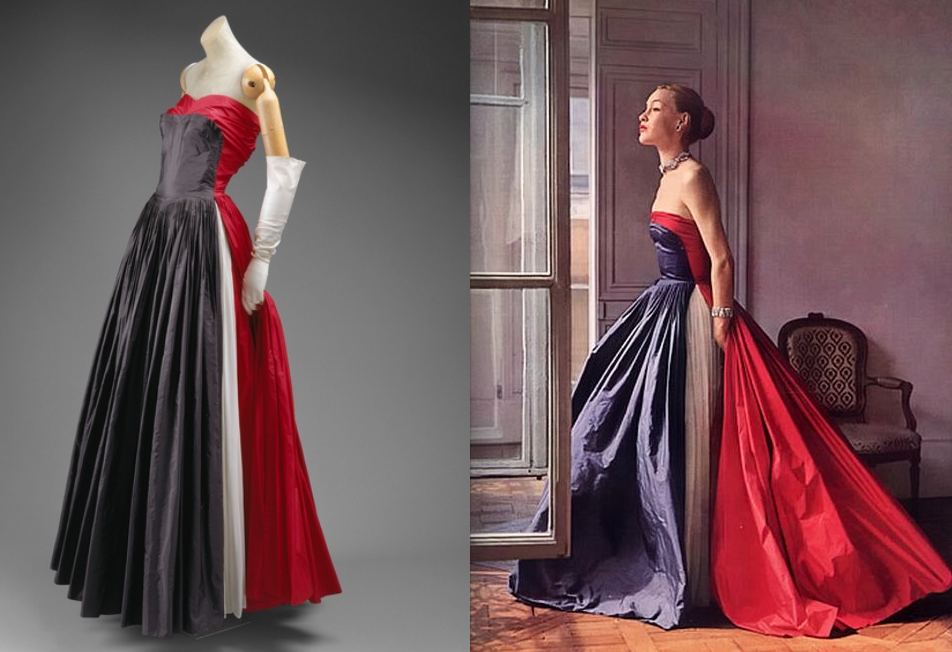
Tricolore dress, Madame Grès (1951)
Today, we witness a renewed politicization of fashion, international embargoes and national conflicts that affect the industry. During these times, fashion often remains neutral or expresses opposition through design rather than strikes. It is always local and global at the same time, combining heritage and international exchange with a workforce made up of multiple nationalities and at times conflicting worldviews. All participants in the industry are held together by their participation in a global trade, always aware of mutual interdependency and economic precarity. Motivations vary from sheer survival and escape from worse conditions, to a sense of meaning gained from making things and the search for belonging or a creative outlet. These factors push fashion workers to keep at it, as their work becomes a vital, emotional or intellectual necessity in their lives. No matter the cost, they will find ways to keep the structure up.
CASE STUDIES
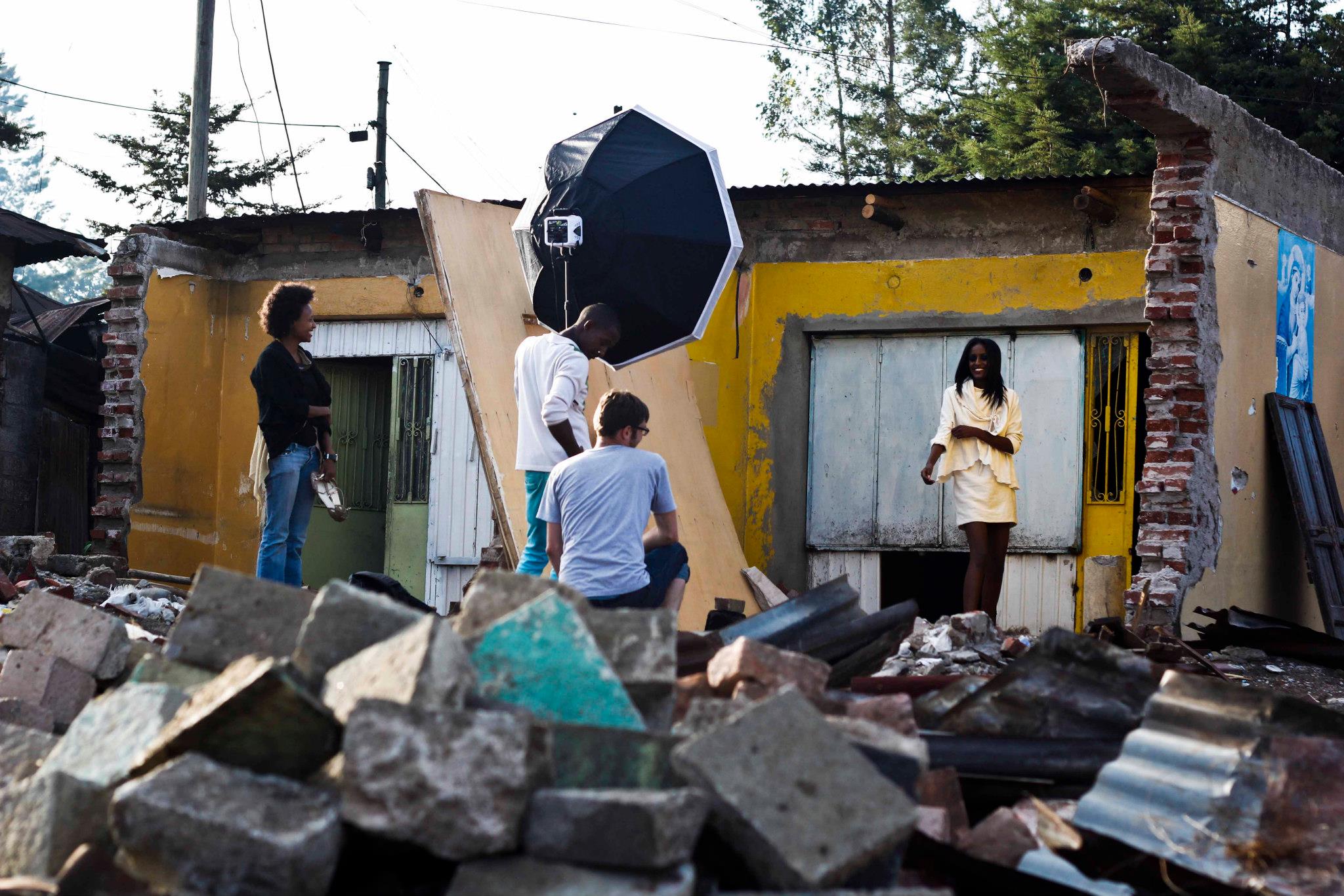
Fikirte Addis is the designer behind Yefikir Design, one of the most successful Ethiopian fashion brands. Having shown internationally, the designer uses recognition to raise awareness for the causes she is invested in. Also a trained psychologist and activist against child labour, she merges her two professions to create and give back to the community by creating employment opportunities for mothers and supports disadvantaged children.
Her design aesthetics could be situated between modern and traditional, are made exclusively with handmade local textiles and often incorporate slow techniques such as embroidery. Whilst her retail prices are high in relation to average Ethiopian wages, the designer is popular among locals who are willing to pay more for local craftsmanship and traditional textiles.
Mahlet Afework’s designs are more Western-influenced but show the same dedication to local textiles. The self-taught designer presents her collections under the label Mafi and puts a special focus on supporting female weavers who often have to struggle to compete in this male-dominated profession in Ethiopia.
The country’s fashion brands are strengthening the local economy and improving the lives of women and children, whilst also determined to present and sell their work internationally.
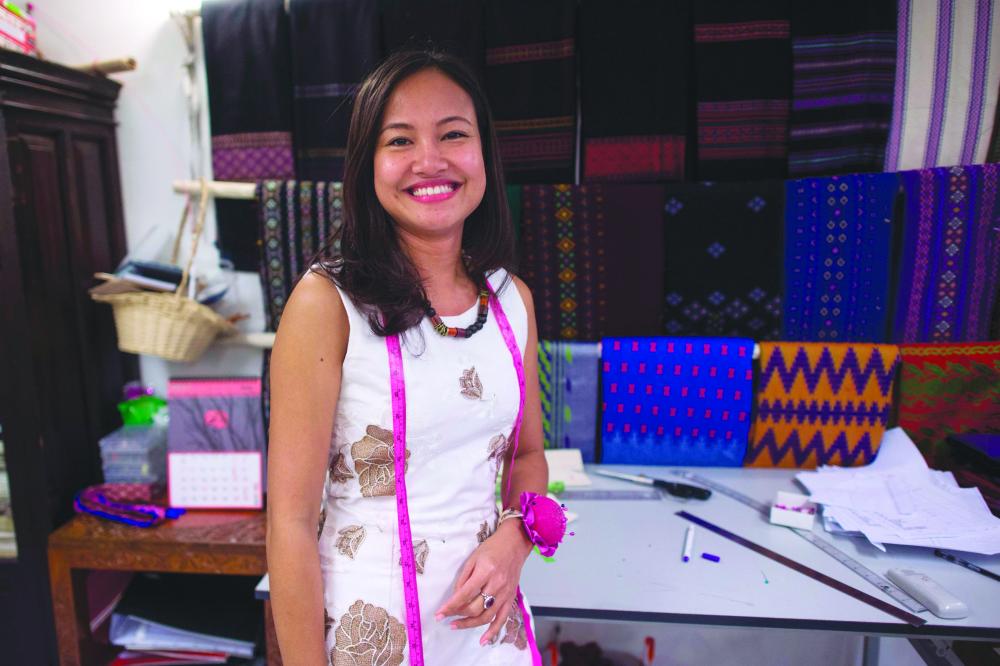
Politically unstable Myanmar is one of the top textile production locations and is expected to become even more significant in the future. In the face of the Rohingya crisis, 16 apparel and trade organisations, including the Ethical Trading Initiative and Fair Labor Association, have issued a joint statement to the country’s President, demanding respect of human rights and putting pressure on the government regarding future investments.
Despite multiple tensions, local women are already stepping up to make Burmese fashion fair and counter lamentable factory conditions. Former garment worker Pyone Thet Thet Kyaw set up her own label Virya Couture to train women in a fair environment. She sees vocational training for women as vital to provide the poorest with options beyond sex work and exploitation. Her dedication to ethical labour conditions is also reflected in her work as an advisor to the Department for International Development at the British Embassy.
Designed and made in Myanmar, new brands save traditions of ethnic minorities while modernizing them as well. They support traditional local textile producers and artisan mills that have been losing orders due to cheap foreign imports.
Designer Mo Hom, who trained in New York but returned to Myanmar in 2012, is committed to fully Myanmar-sourced and produced fashion. Her silhouettes combine local and international influences. Alongside her fashion businesses Mon Précieux New York and Mon Précieux Design House that were a founding company for the new Burmese fashion scene, she runs the Lotus Hom foundation. It empowers rural women and children through education, self-defense and skills-training. Another venture of her’s is an organic tea plantation that acts as opium replacement, employs local people and combats human trafficking.
Even in times of unrest, women from different social backgrounds are reshaping their communities through training opportunities and job creation, providing rural families with a sustainable living and preserving local culture.
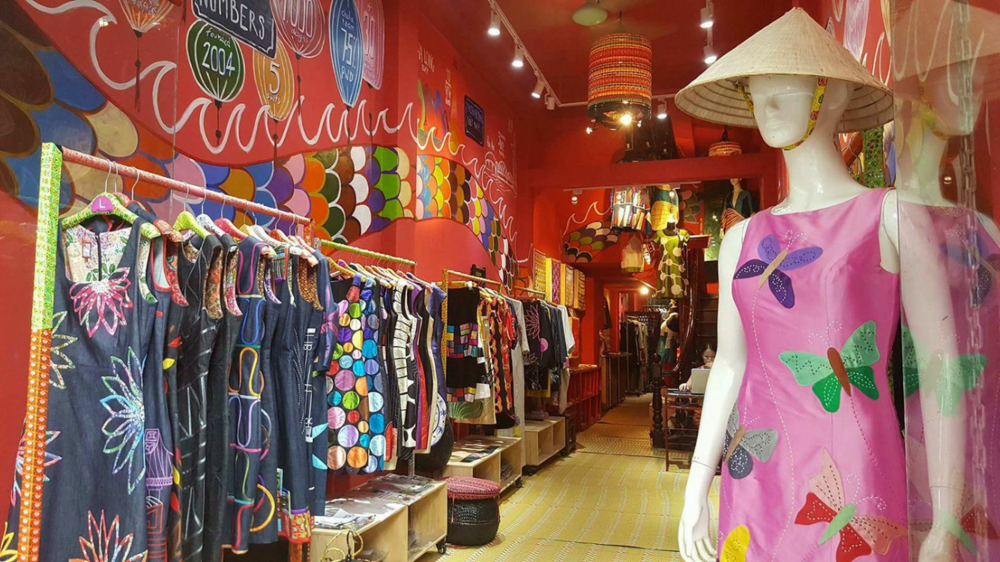
Si Hoang is a former art teacher, who started painting on Vietnam’s traditional dress Ao Dai by chance and became an overnight success. He gradually built a career out of embellishing Ao Dais and later designed them himself, incorporating art from the country’s multiple ethnic minorities. Building upon an old but ever-changing tradition and inscribing himself into its history, he opened the country’s first Ao Dai museum which has garments that span centuries of its history. Every day, he puts on a show for visitors where the garments worn by performers are complemented by traditional music, tea and food. The pieces transform into a living archive, reviving the past while simultaneously re-imagining it, illustrating a distinctly Vietnamese fashion history that is still open to new interpretations.
Following an equally artistic, yet also different approach, is social slow-fashion brand Chula, founded by Spanish couple Laura Fontan and Diego Cortizas who resettled in Hanoi. Dedicated to the local culture, preserving crafts and creating a friendly environment are the main goals of the brand. Colourful, one of a kind pieces, are crafted by a team made up mainly of people with physical disabilities. Most of the staff is hearing-impaired and communication on the production floor occurs using sign language.
All of the materials used are sourced in Vietnam and the main showroom, where the workshop is located, attracts local and international customers. The designers have adapted to the culture and created a truly Vietnamese brand. The interior of Chula Fashion House reflects the garments’ designs and beyond being just a store, it becomes an art and music venue where local creatives from all disciplines like to meet and spend time.
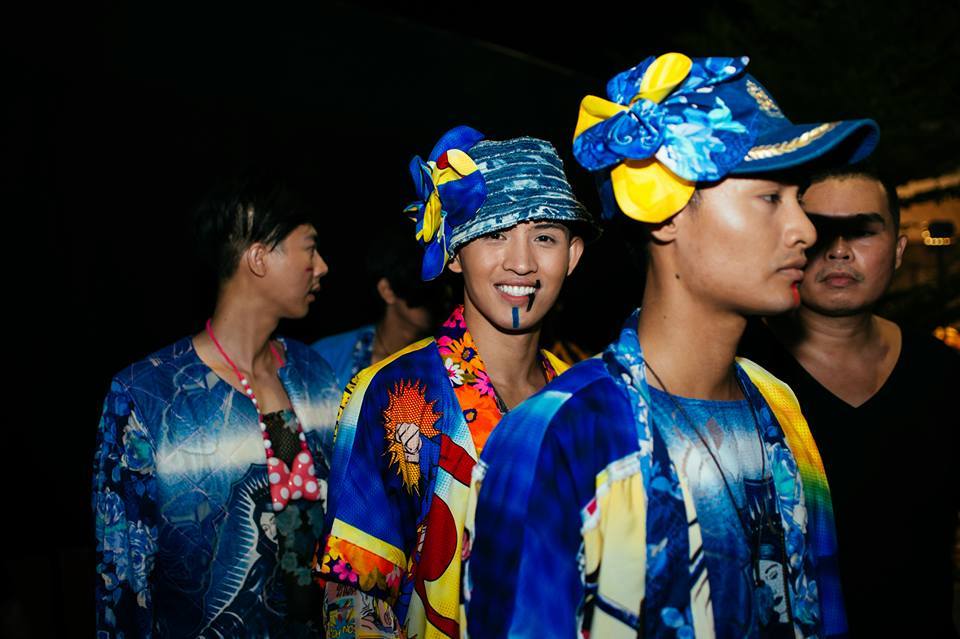
Shifting the focus from production towards creation, Phnom Penh Designers Week, launched in 2013, showcases Cambodian designer’s collections. Among them are mainly industry professionals from production to consultancy, looking for new opportunities. Former factory worker and tailor Kosal Ou presents tailored styles with his brand Kool As U and aims to provide a high-quality local alternative to imported brands.
British Alan James Flux, who was a costume designer for Monty Python movies and then a fashion consultant and teacher in Asia, left the fast fashion sector to volunteer as a fairtrade designer with local artisans. After working in multiple countries, he ended up in Cambodia, where he teamed up with with local designer Try Sophearac to create the label A.N.D.. They work with local Ikat weavers who produce their designs and train tailors with additional skills they could not learn in factories. The label aims to promote ancient skills and provides fair wages as well as free accommodation for full-time staff. Future plans include an affordable fashion school in Phnom Penh.
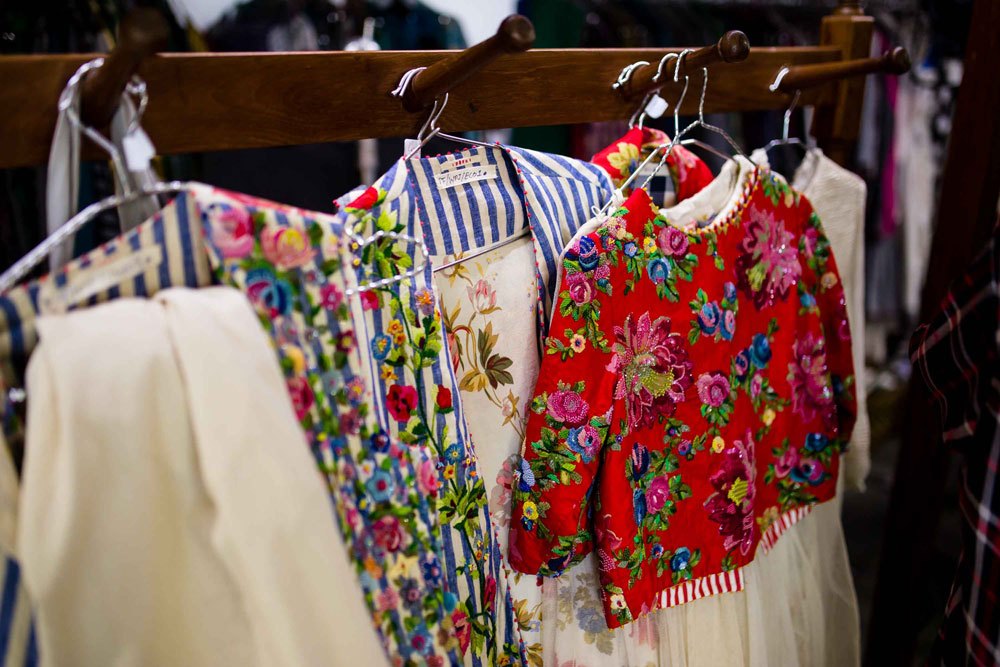
Although India’s traditional dress designers continue to enjoy popularity, a younger generation of graduates from local design schools are re-imagining the country’s rich heritage. New brands are merging Eastern and Western influences as well as creating new takes on traditional techniques. Aneeth Arora is one of them and with her brand Péro, she creates collections that challenge Indian notions of dress while appealing to a local avant-garde and winning international awards. In 2017, the brand launched an upcycling project where the studio customizes worn clothes and extends techniques to include crafts from other regions as well.
Other Indian brands focus on traditional crafts as well. For instance, Gaurav Jai Gupta’s Akaaro produces contemporary garments with textiles produced on handlooms. The textiles are designed by the studio and the production process is explained to visitors who have the opportunity to meet the weavers in person. Rahul Mishra is another socially focused designer who is countering forced migration of village dwellers to slums in cities. This is achieved through an alternative production model where villagers can work from their homes. In this set-up, embroiderers don’t have to leave their families to endure worse living conditions for work. The designer’s focus lies in strengthening local communities and creating decentralized work environments.
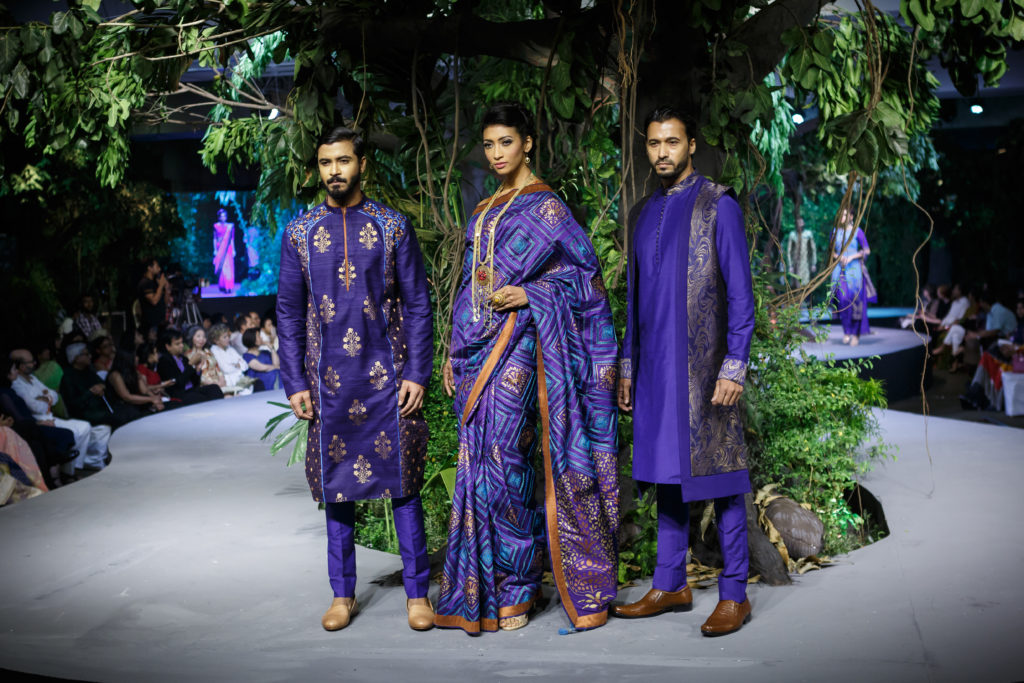
Bangladesh has made headlines over the past years with industry disasters and union protests, but also with economic development measures and foreign investments. Seemingly operating independently from the massive changes related to fast fashion are local businesses that work at a much slower but also more stable pace.
Uniting these is the retailer Aarong, that has been operating since 1978 and started with trading local crafts before designing thier own clothes. It was a means to group together the products of rural producers, increase their reach and ensure fair payment. The brand was established by BRAC, an NGO from Bangladesh, founded by Sir Fazle Hasan Abed after the Liberation War. The aim was to provide rural workers with sustainable employment and the NGO has since been active internationally, winning multiple awards. Aarong acts as a support system for artisans and the spread-out workforce is made up of small-scale entrepreneurs as well as employment measures of the Ayesha Abed Foundation. The designs range from traditional dresses to blends that incorporate modern Western influences such as the Taaga womenswear line. Alongside the main lines, Aarong has added the couture brand HerStory to its portfolio in 2017 with the aim of widening the customer base.
Fashion from the Shadows
Gathering common motivations that unite a broad range of practitioners, ‘Fashion from the Shadows’ -series aims to map alternative approaches to thinking, creating, presenting and discussing fashion. It provides an overview of recent developments in the discipline in order to integrate them into a new and more inclusive fashion system that encourages discussion. Instead of being suppressed, these alternatives broaden fashion’s spectrum of activities and help to provide a more complete understanding of the spirit of the time which fashion has always sought to reflect.

